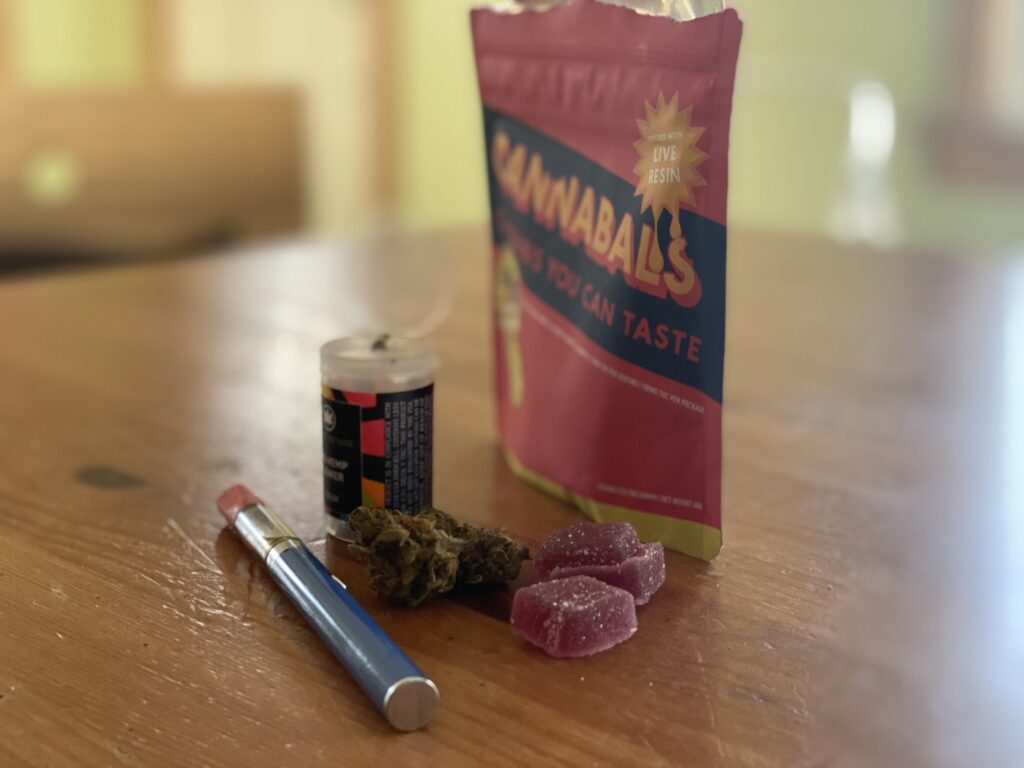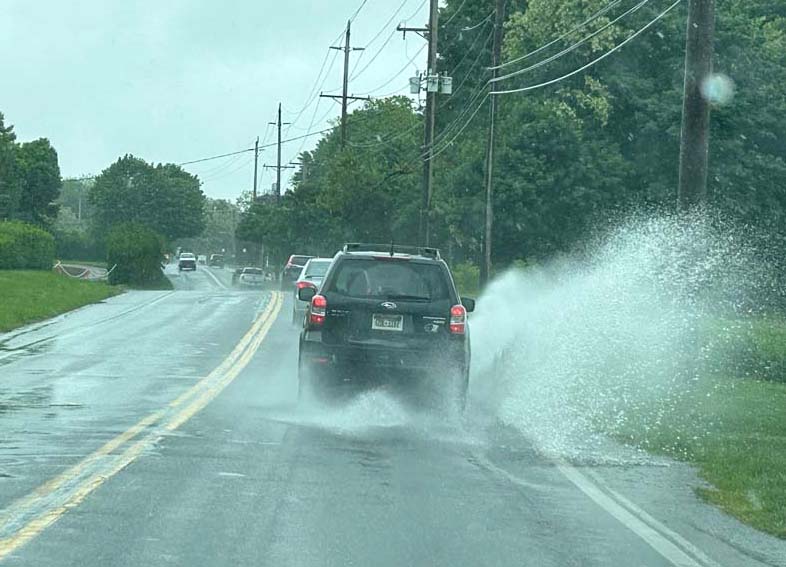Riverhead officials consider joining oyster shell recycling program

Most shellfish lovers don’t think twice before slurping back some oysters and tossing the shells into the trash, but recycling these coveted mollusks can significantly benefit area waterways.
The Riverhead Town Board recently met with Maureen Dunn, director of the oyster shell recovery program Half Shells for Habitat — an island-wide initiative launched by the Seatuck Environmental Organization in 2018 that collects shucked oyster shells from restaurants for use in habitat restoration efforts. The program started six years ago in collaboration with Islip and Brookhaven towns before expanding to the East End in 2023.
“It’s a recycling opportunity for our community, not only does it clean the water, but it also puts more calcium back in the water, and it’s a win-win,” Councilwoman Denise Merrifield said at a March 27 work session. “These are not oysters that people will be able to eat, they are strictly to clean the water and recycle, and help us with our garbage — I think it’s a great program.”
When researching methods to better keep Long Island’s waterways clean, Ms. Dunn said a key ingredient is in the oyster shells — specifically calcium carbonate, the same chemical compound found in Tums tablets and other antacids, which she said helps balance aquatic pH levels and mitigate acidic conditions.
Oysters tend to thrive when they attach themselves on other oyster shells, Ms. Dunn said. She listed several ecosystem benefits of returning oyster shells to area waters, including water quality improvements, sediment reduction and mitigation of coastal ocean acidification.
Reclaimed oyster shells also become building blocks for reef-like structures that provide a foundation for young oysters to grow and create habitats for juvenile fish, crabs and other marine organisms.
Oysters consume microscopic algae called phytoplankton, which aids in cleaning seawater, promotes eelgrass growth and decreases the likelihood of harmful algal blooms, such as brown and rust tides. Recycling shells also helps to reduce nitrogen pollution, cuts landfill waste, promotes shoreline stabilization and serves as a “carbon sink” as opposed to being burned in a landfill and emitting more carbon into the atmosphere.
“Shoreline stabilization and creating living shorelines to prevent erosion is becoming quite an important aspect of these oyster reef programs,” Ms. Dunn said. “As the sea level rises, this is becoming more and more of a benefit to having oyster shells.”
Oyster reefs have declined by more than 99% across Long Island, Ms. Dunn said, mainly due centuries of over-harvesting and the demise of healthy ecosystems.
Currently there are not enough shells available to expand the programs, which is why Seatuck has come in to encourage towns like Riverhead to get involved in the effort. As of 2024, more than 200,000 pounds of shells have been recovered and more than 45,000 pounds have been returned to local waters, according to the presentation.
Nearly 40 Long Island restaurants have joined the Half Shells for Habitat program, Ms. Dunn said, setting aside the empty shells which are then collected by Seatuck volunteers.
The Peconic Estuary Partnership and Southold Town have helped fund the program through grants and several other municipalities have collaborated with Seatuck. In order to participate, Riverhead were to need to designate a site where the shells could be “cured” — essentially aged in the sun for roughly a year — before returning to the water.
“We create these very shallow piles and what this does is the sun disinfects the oyster shells, and that is to prevent oyster-to-oyster diseases,” Ms. Dunn said. “The [Department of Environmental Conservation] requires us to do that for a year … and the environmental group that is managing that pile will keep track of when shells go in and go out.”
Half Shells for Habitat oversees the funding efforts for the recycling programs, assists with record keeping and curing permits and coordinate regional and local shell exchanges. The cured shells are then donated to groups, including the Shinnecock Bay Restoration Program, the Cornell Cooperative Extension Marine Program and the Moriches Bay Project, who return the shells to the water and build the reefs.
Town Board members voiced support for the initiative and Diane Tucci of the Riverhead Rotary Club spoke about garnering additional support from local restaurants. A potential curing site has already been identified and a preliminary agreement has been drafted by town attorney Erik Howard.
For more information on the Half Shells for Habitat program, visit halfshellsforhabitat.org.
She mentioned that as of right now, there is not enough oyster shells for the programs that are looking to create these stabilization and reef habitat projects.









